Learning how to make a rubber egg is a classic science project that kids love. And it’s so easy! Literally all you need to do is drop an egg in vinegar and come back in a few days to find…a bouncy egg!
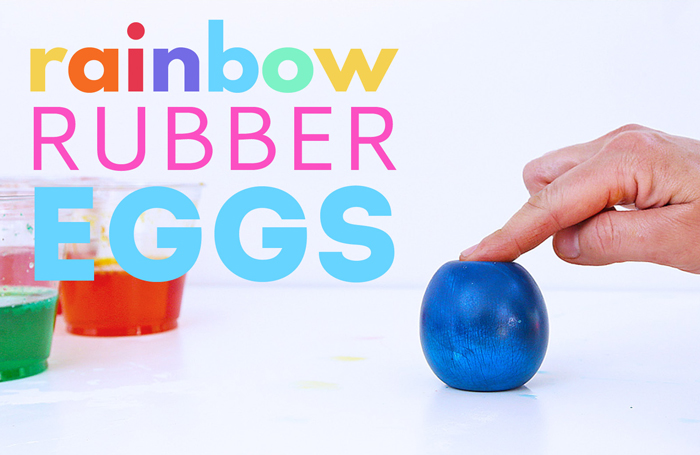
Making a rubber egg is definitely a wait and see project but if you have a few days, you and your kids will be amazed at what happens to an eggshell after sitting in an acid like vinegar.
the layers of an egg
Making a rubber egg is also a great way for kids to learn about the layers of an egg. An egg has the following layers:
- The eggshell made from calcium carbonate
- Two shell membranes which protect bacteria from entering the egg
- The egg white or albumen which provides protein
- The yolk membrane which holds the egg yolk together
- The yolk which contains vitamins, minerals and fat
Once you dissolve the eggshell, the membranes will be on full display. Once you puncture the membrane you will see the white and yolk.
How To Make A Rubber Egg
Rubber Egg Materials
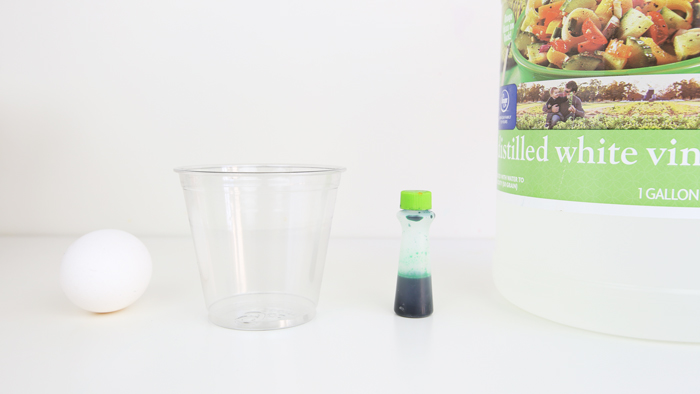
- Eggs
- Clear cup or jar
- Distilled White Vinegar
- Food Coloring
- Bowl of water
The Rubber Egg Experiment
Time needed: 3 days.
Here’s how you make a rubber egg
- Place an egg in a cup
Place a raw egg carefully in a clear jar or cup.

- Add vinegar
Pour enough vinegar in the cup to completely submerge the egg.

- Add food coloring
Add in a few generous drops of food coloring and stir gently. To create Rainbow Rubber Eggs make a rubber egg for each color of the rainbow.

- Wait!
Observe the eggs each day. The vinegar will dissolve the egg shell over the course of several days. As the shell dissolves it will begin to bubble.

- Rub off the shell
After about 3-5 days remove the egg from the vinegar and place it in a bowl of water. Gently rub away the shell to reveal the membrane that lies just below it.

- Bounce it!
Bounce your egg…but not too hard! The egg will now be bouncy and rubbery but it is still raw on the inside. Press it and bounce to test just how rubbery it is but beware, it will still break! Make sure you break at least one to see what the egg looks like inside!

The science of a rubber egg
Eggshells are made from calcium carbonate. Vinegar is an acid that reacts with calcium carbonate when the two come into contact with each other. The bubbles that form around the eggs over the course of a few days are actually carbon dioxide bubbles caused by the reaction between vinegar and calcium carbonate. Eventually the eggshell fully dissolves leaving only the outer membrane which is soft and flexible.
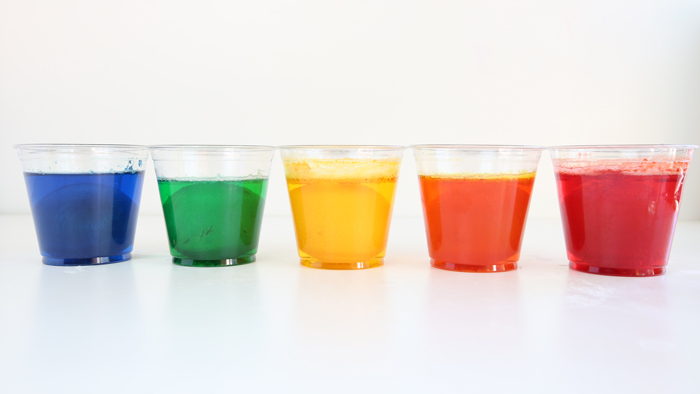
Once you remove the egg from the vinegar the calcium carbonate shell will be a chalky residue on the egg membrane.
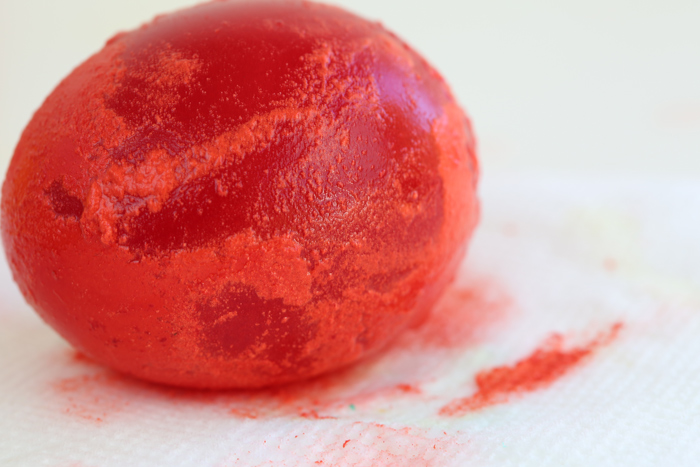
Notice how the egg white is colored after sitting in colored vinegar, meaning the color penetrates the eggshell and also the membrane.
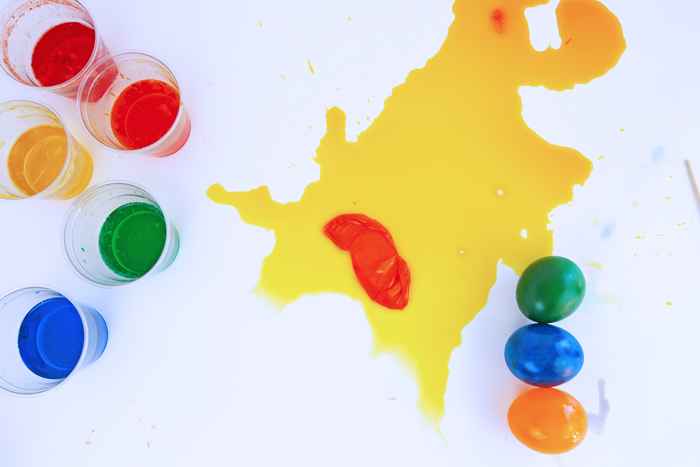
Turn it into a science fair project
Let’s turn this topic into an actual experiment! Here’s how you can take this to the science fair:
- Ask yourself questions What other acidic liquids would dissolve an eggshell? Would soda, tomato juice, or citrus juice work? Why does the color seep through the membrane but the albumen doesn’t leak out of the membrane? Are some eggshells harder to dissolve than others?
- Research Do research online and at the library to try and predict the answer to your question. Read about how the layers of an egg work and how liquids pass through the membrane. Research other liquids that calcium carbonate might react with. Research other substances that calcium carbonate is found in. Is it found in bones?
- Make a hypothesis A hypothesis is your prediction of the answer to your question based on your research. It may or may not be true.
- Experiment! Test your hypothesis by testing the variables and documenting them. Be sure to take notes of each experiment and what happens; this is called your data.
- Draw a conclusion Based on your experiments form a conclusion. Was your hypothesis correct?
- Share your findings Create a presentation with your findings. Include your research, hypothesis, the data you collected, and your conclusions. Be sure to include images and samples!
experiment examples
Try different types of eggs Do the experiment using eggs from different types of chickens. Do any take longer to dissolve?
Try different liquids What happens if you place eggs in other acidic liquids? Does tomato juice, citrus juice, diet coke, fruit juice, or cabbage juice work?
Use vinegar to dissolve other items made up of calcium Try chicken bones or limestone rocks. Do they also break down in vinegar?
More science projects to try
If you enjoyed this be sure to check out more science projects here:
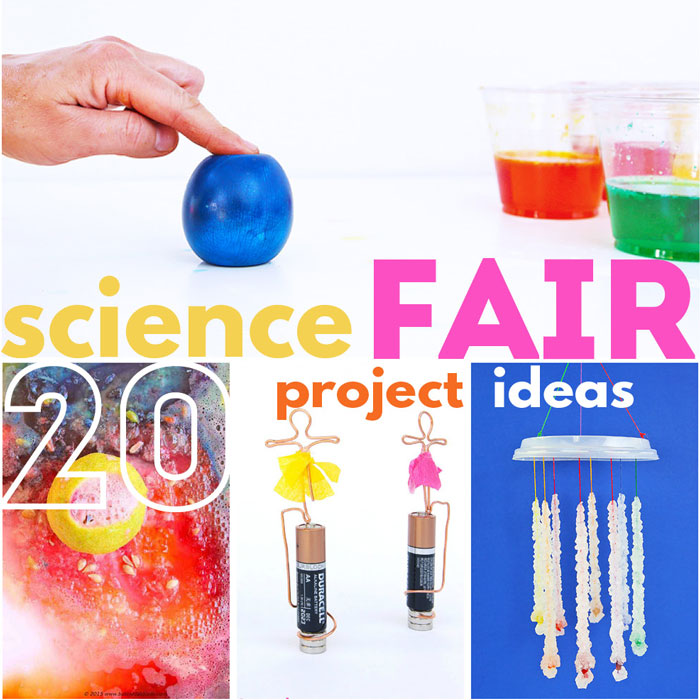
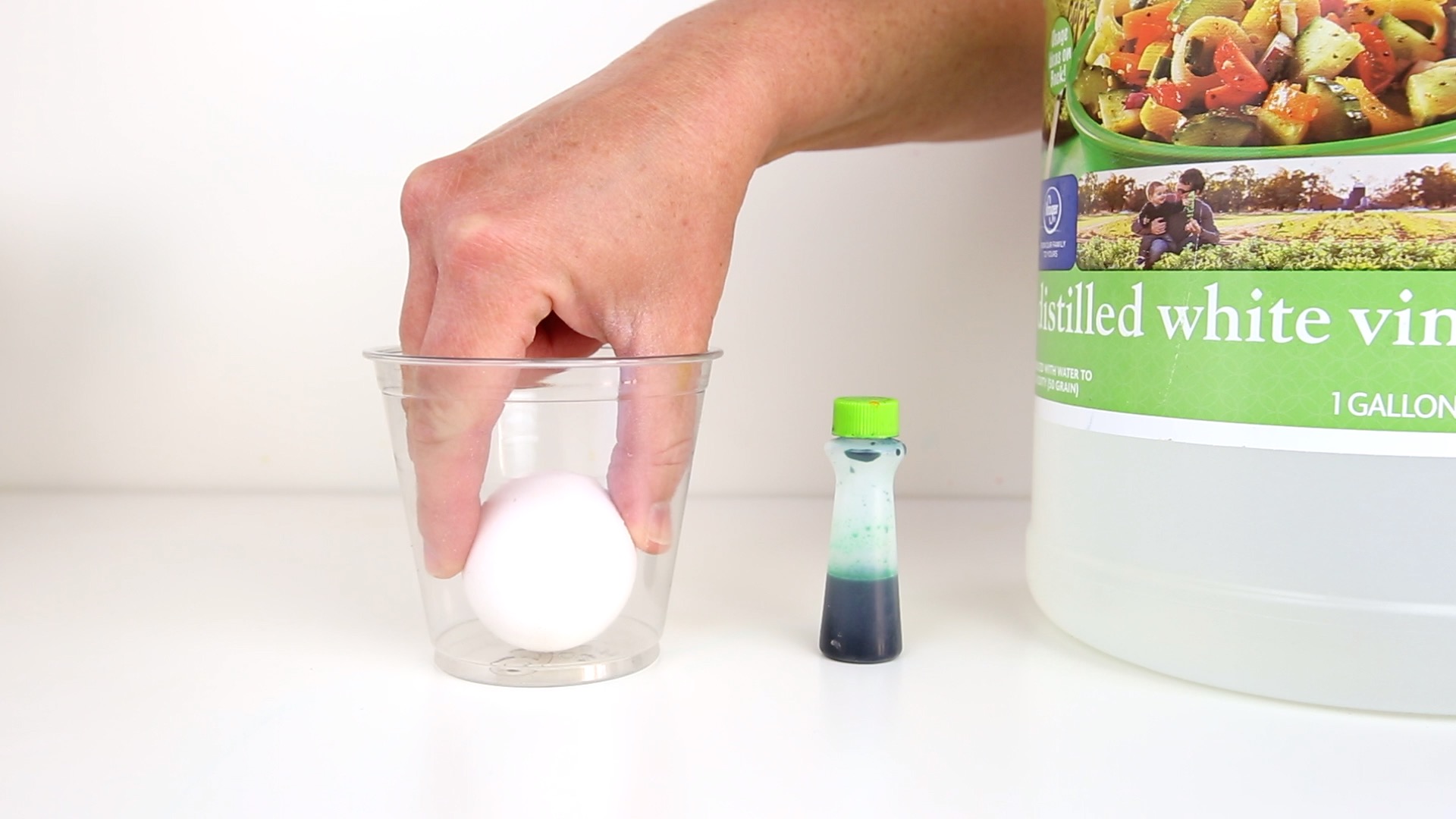
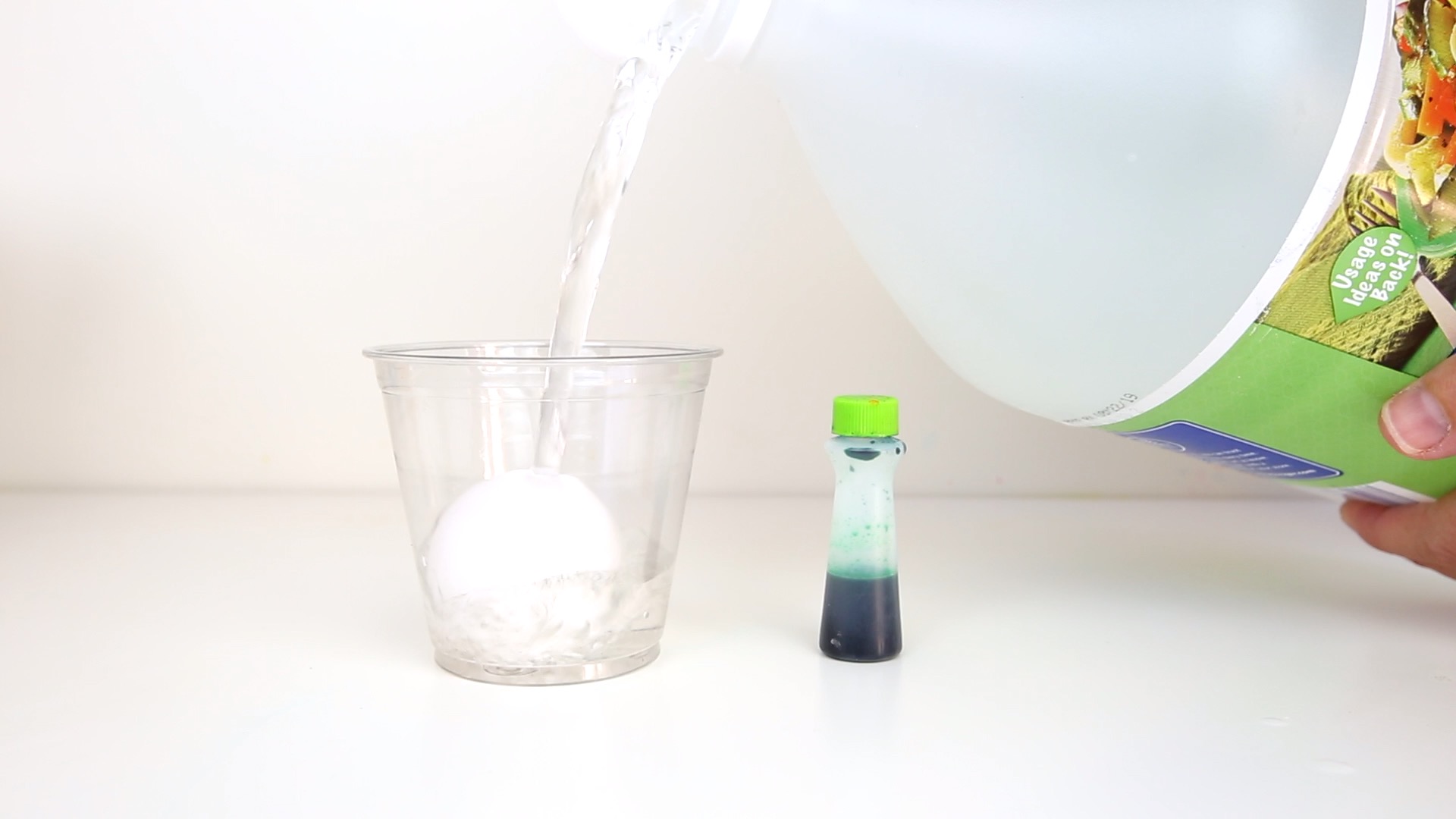
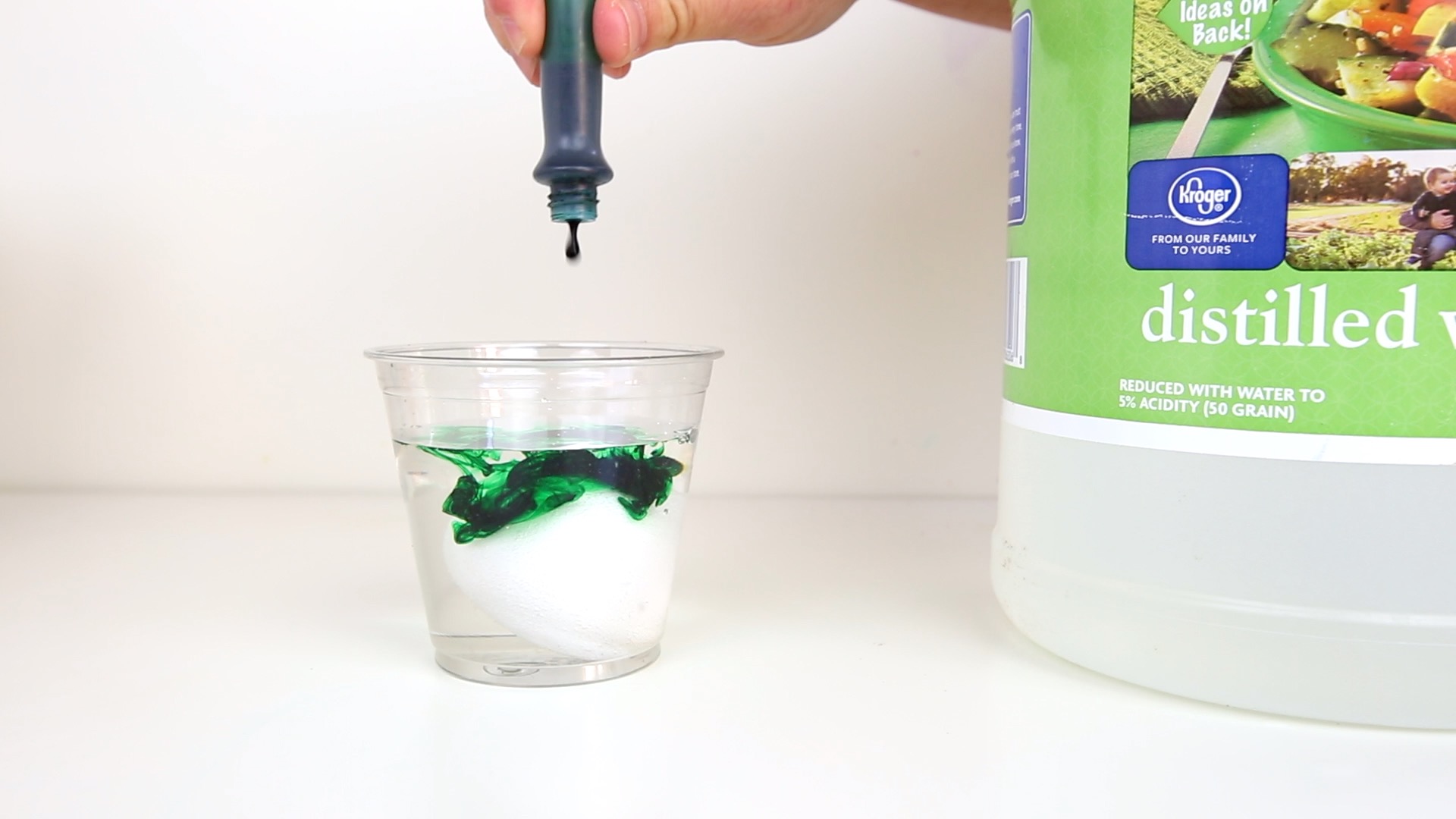
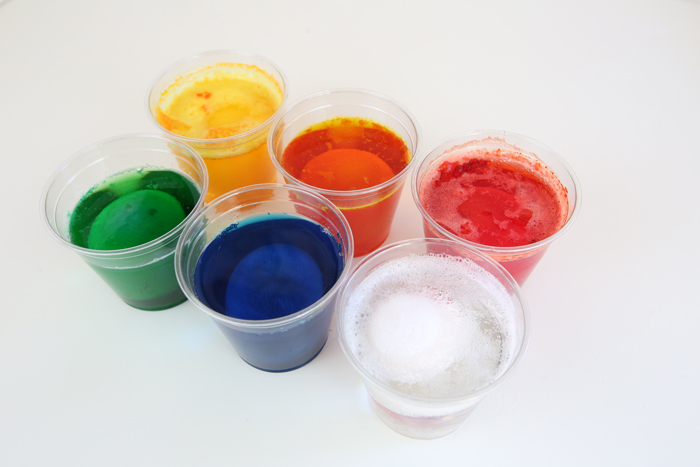
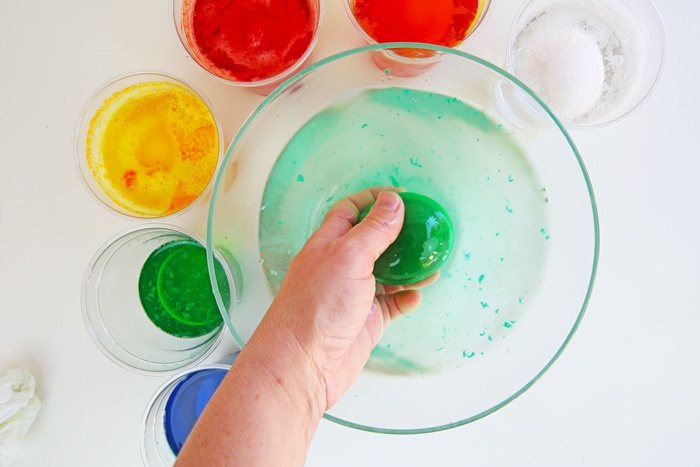
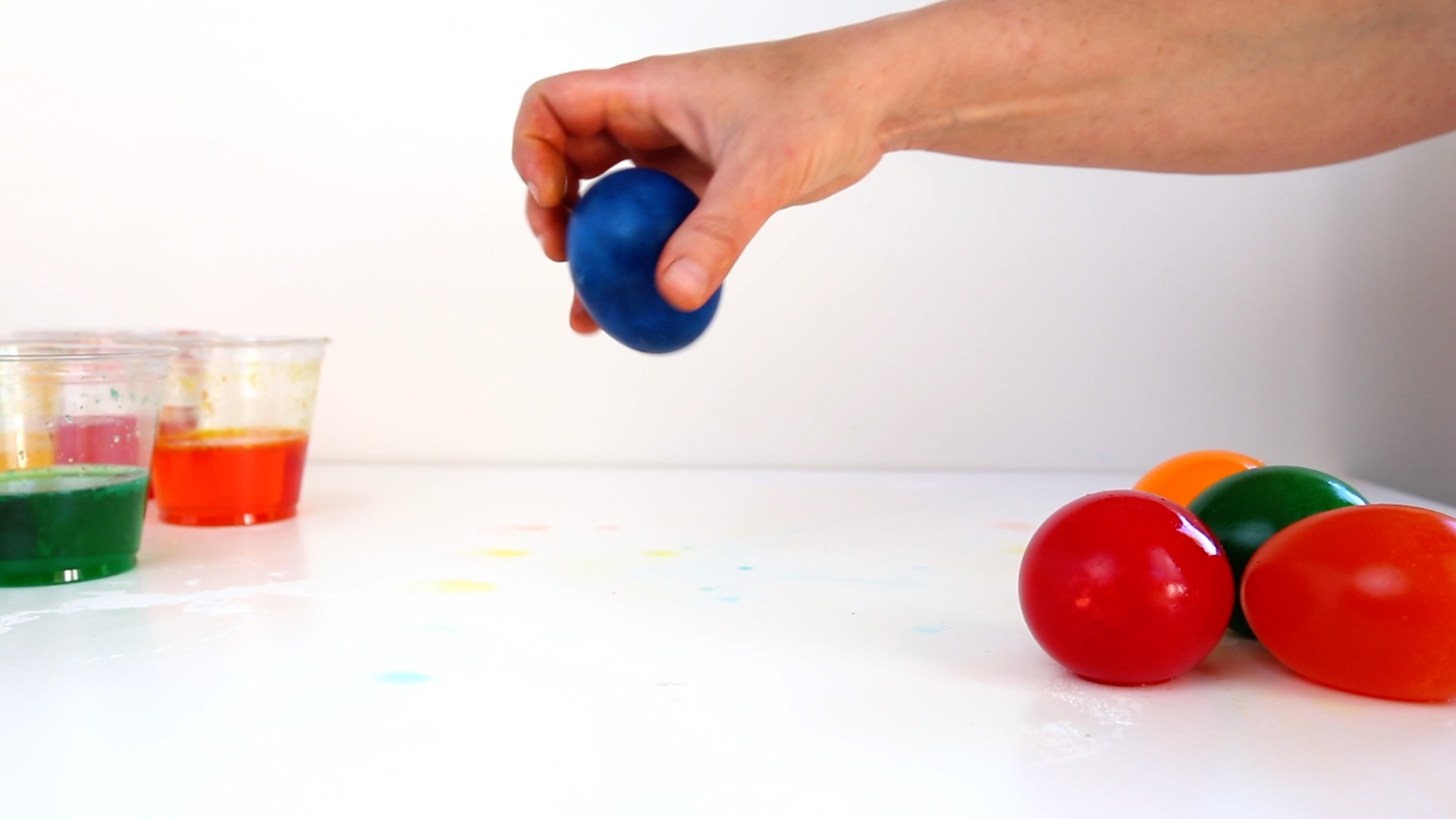
Hi Ana!
I’m curious if you’ve ever tried cooking the egg after the experience. I am assuming you leave the eggs out of the fridge while they’re in the vinegar, but have you ever tried keeping them in the fridge while they sit in the vinegar? Or maybe if they are kept out of the fridge, would the vinegar preserv e them in some way?
Thanks for any guidance you can provide!
Warmly,
Julie
Hi Julie,
I have not tried it but if you leave it in the fridge I imagine it would not spoil though I’m not a food expert so I can’t say either way. Pickled eggs are cooked before being added to a vinegar brine but are edible after siting in vinegar in a refrigerator for a week.
-Ana